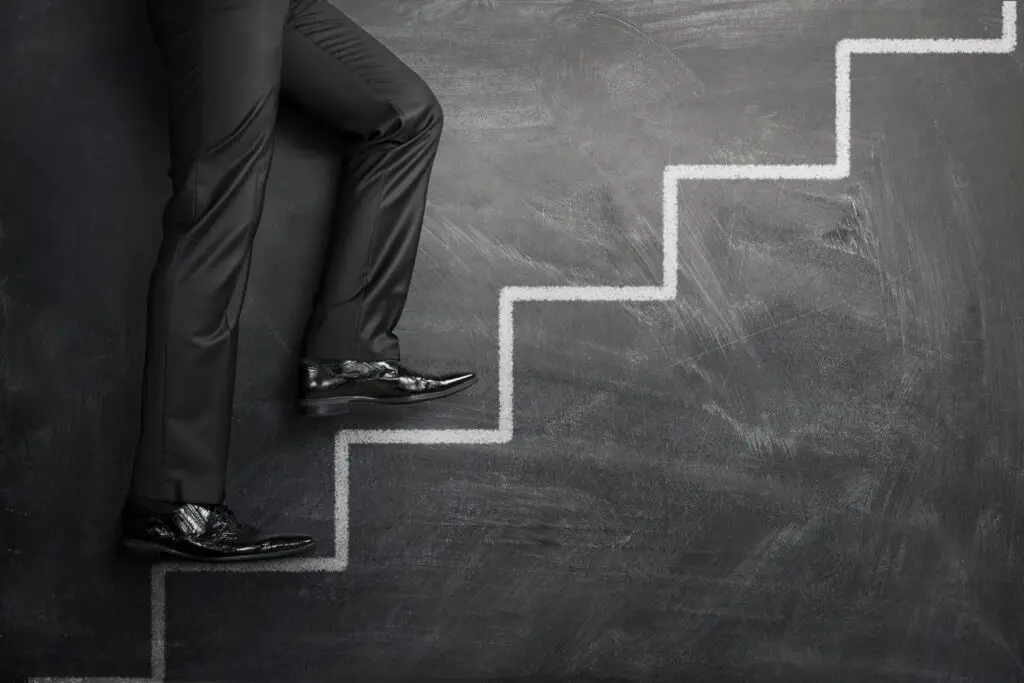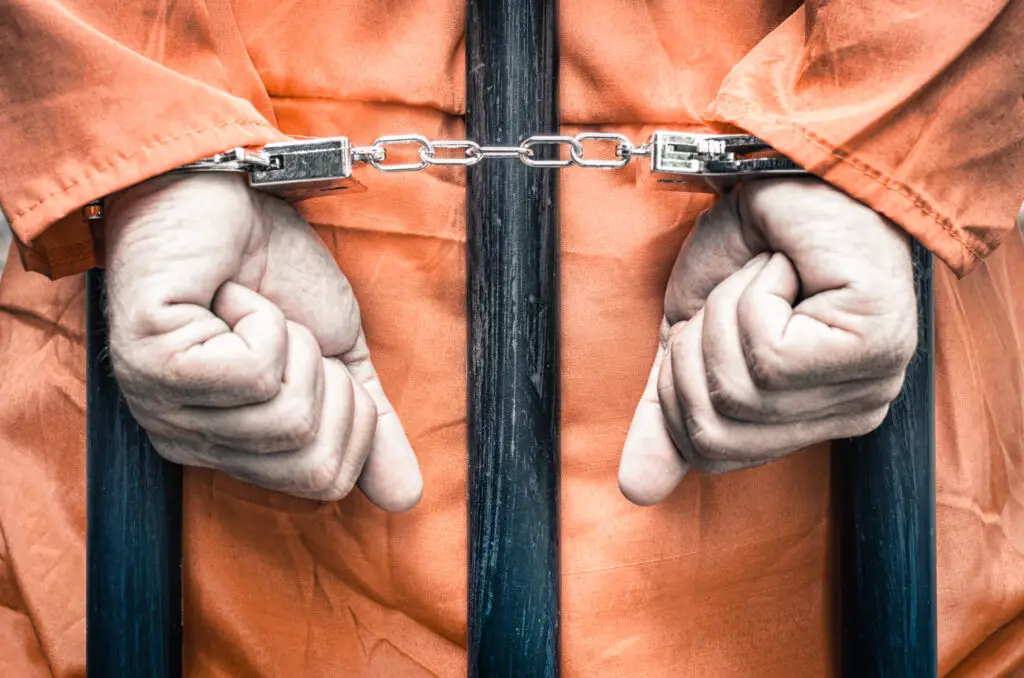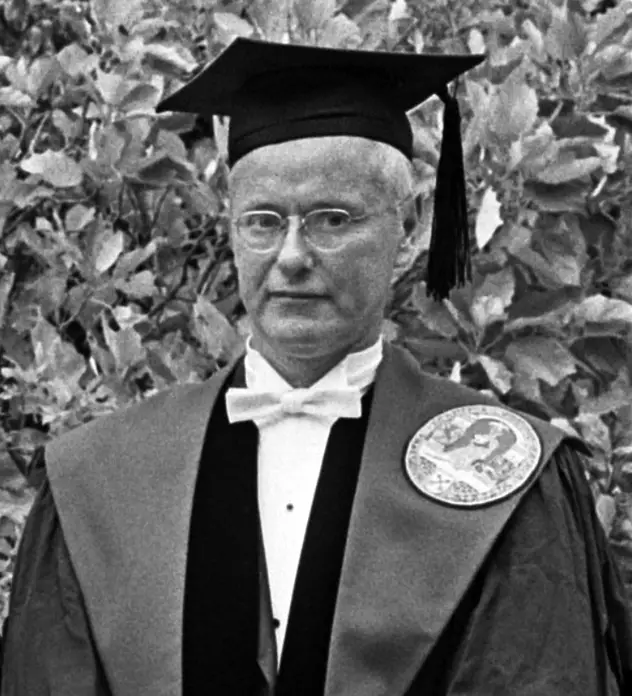In 1938, Robert K. Merton published an important article titled “Social Structure and Anomie.” Merton was an American sociologist who proposed that crime is the result of our social structure. He did not believe that people committed crime because of their personal background. Instead, he argued that the causes of crime lie in the way in which our society is set up. This is the basis of his anomie or strain theory.
Table of Contents
Anomie and Strain Theory according to Merton
According to Merton, the key to understanding crime is anomie. Anomie is a concept that comes from another sociologist, Emile Durkheim, whom you may also know. Anomie means lawless in Greek and generally refers to a state of normlessness and a lack of moral standards among people.
Merton’s theory relates explicitly to the context of the United States and more specifically to the American Dream. The American Dream places a lot of value on material and financial success, to keep up with the Joneses and to be able to buy the things that come with middle class status. These include, for example, a nice house, a good car, a fancy TV, and, nowadays, the latest mobile phone. People are constantly confronted with this ideal by those around them, but also by the media. The expectation that they will achieve this kind of success, just like other people have achieved it, has become part of the culture. And thus, the pressure is enormous.
Part of the American Dream is the assumption that anyone can achieve this type of success. Anyone can go from rags to riches and climb the ladder of success. As long as you work hard and persevere, you will ultimately succeed.

The problem is, Merton argued, that this is not how society really works. Not everyone has the same chance of reaching the kind of success that the American Dream portrays. For example, not everyone has a good education or has the social contacts that one needs to get a good job. But they still want to reach their goal of material and financial success. And so what happens is that those people who cannot reach their goal through legal and legitimate means will use illegal means. And that is what anomie is.
In short, people experience intense pressure to achieve the societal goal of success, but they do not have the means, which then puts strain on them. Hence the term strain theory. There is a gap between the middle class goals of society and the chances that people have to achieve them. This is when crime can happen, because some people will try to achieve success through criminal behavior.

Adaptations to Strain
According to Merton, there are four ways to respond to strain.
| Endorses the cultural goals | Has the conventional means to achieve the goals | |
| Innovation | + | – |
| Ritualism | – | + |
| Retreatism | – | – |
| Rebellion | -/+ | -/+ |
- The first is innovation. People who use the strategy of innovation endorse the cultural goal of achieving financial and material success. The American Dream is their goal. However, they do not have access to the conventional ways of achieving success. This applies primarily to people who are in lower social classes. They do not have the money or the education to put them on a pathway toward success. And so one strategy they can use to still achieve wealth and success is through crime.
- The second adaptation to strain is ritualism. Ritualists are people who have given up on the goals of society, but still stick to the conventional way to achieve the goals, even if the goals themselves are out of reach. For example, many people are stuck in dead-end jobs, can barely pay the bills, are not getting promoted, and may realize that they will never achieve the kind of success that society may expect of them. So they give up on the dream but still stick with their job to make it through another day.
- The third adaptation is retreatism. Retreatists have abandoned both the cultural goals and the conventional means to achieve the goals. Merton described them as “psychotics, psychoneurotics, chronic autists, pariahs, outcasts, vagrants, vagabonds, tramps, chronic drunkards, and drug addicts” (Merton, R. K. (1968). Social Theory and Social Structure. Glencoe, L: Free Press, p. 236). They withdraw from society.
- The fourth and final adaptation is rebellion. Rebels reject the cultural goals and the means to achieve the goals, and instead replace them by something else. They do not give up like the retreatists—instead, they want to change the system; change the goals and the means. In other words, they want to change both the game and the rules. For example, they become political activists who want to facilitate equality, or they become hippies who live in a commune, or they become terrorists who commit acts of terrorism.
So these are the four strategies to respond to strain. They are all forms of deviance.
A fifth strategy not displayed here is conformity. When there is no gap between the cultural goal and the means to achieve it, so when all people have the same chance to achieve success, then one would expect conformity. But when that gap between goal and means exists, Merton argues that people will resort to one of these four strategies.

Criticism on Merton’s Anomie / Strain Theory
Some criticisms of Merton’s anomie/strain theory concern its narrow focus. The theory explains mainly financial crimes, and mainly crimes by members of lower socio-economic classes. Of course it was also developed for those, but it makes its scope somewhat narrow.
Another criticism is that the theory ignores differences between people. In other words, it does not explain why some people respond to strain in one way and others in another way. Why do some people start to commit crime (the innovators), whereas others continue their dead-end jobs (namely the ritualists), and still others become hippies (the rebels)? The theory does not offer clear answers to this question.
An additional criticism is that research studies on the causes of crime have not shown a lot of support for the theory. Partly in response to the criticisms on the theory, there have been attempts to further develop the theory to answer some of the unanswered questions. The most prominent examples of these theories are general strain theory by Robert Agnew, which I’ll have another video on, and institutional anomie theory by Messner and Rosenfeld.

Merton’s Anomie / Strain Theory in Criminology
Despite these criticisms, Merton’s theory helps us understand how the cultural background of a society can help explain deviant behavior. His theory looks beyond offenders’ psychological and biological background and instead focuses on the nature of society itself. It points to the strain that people experience when they don’t have the means to achieve the success that is expected of them, which may in turn become a motivation to commit crime.

Further Reading
Featherstone, R., & Deflem, M. (2003). Anomie and strain: Context and consequences of Merton’s two theories. Sociological Inquiry, 73(4), 471-489.
Merton, R. K. (1938). Social structure and anomie. American Sociological Review, 3(5), 672-682.
